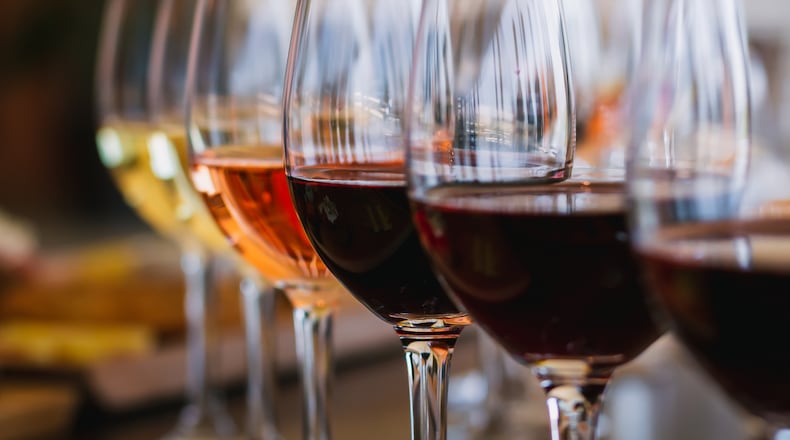A bottle of red Chateauneuf-du-Pape has a nose of rich raspberry, deep purple plums, saddle leather, game, and herbs de Provence. The French call this herbal play “garrigue”. Tastes of brushed leather, wild red berries, acidic strawberries, dried herbs, grilled black plums, fall foliage, medium acidity, and 12.5% ABV.
Chateauneuf-du-Pape red will benefit from decanting. For young wines (less than 15 years old) decanting for one to three hours will be sufficient.
Best Vintages of Chateauneuf-du-Pape 2020, 2019, 2018, 2017, 2016, 2015, 2012, 2010, 2009, 2007, 2006, 2005, 2003, 2001, 2000, 1998, 1995, 1990, 1989, 1988, 1985, 1981, 1978, 1970 and 1961. Most Chateauneuf-du-Pape wines are at their best during their first 8 to 12 years.
The red wines are produced with a grenache base and 13 other varietals and (possibly up to 20 varietal’s). Pairs well with game, standing rib roast, hearty vegan soups, spiced vegetables, Moroccan style chicken, lamb, cauliflower steaks, and venison.
White Chateauneuf-du-Pape is dry and produced with 6 white grape varietals. Much harder to find online and in the retail market, mainly because the red version is more plentifully produced.
The white version of Chateauneuf-du-Pape has a wonderful nose of sunshine, white stone fruit, Casa Blanca lilies, white carnation, melon, and pastry. With a full-body, bright acidity, and a long-sophisticated finish,
Delicious on the palate with a smooth mouth feel and medium acidity. Flavors of quince, organic golden delicious apples, Buddha hands citrus, and rainier cherry.
Pair with baked brie drizzled with clover honey, herbed chicken, and crab stuffed zucchini boats, turkey and oyster stuffing with white pepper.
Both red and white Chateauneuf-du-Pape wine can be purchased in half bottles, and will be grand on the holiday table this year.
Wanda Haynes is a certified sommelier, wine educator and wine photographer who lives in Southwest Ohio. Contact her at redwine500@yahoo.com.
About the Author

